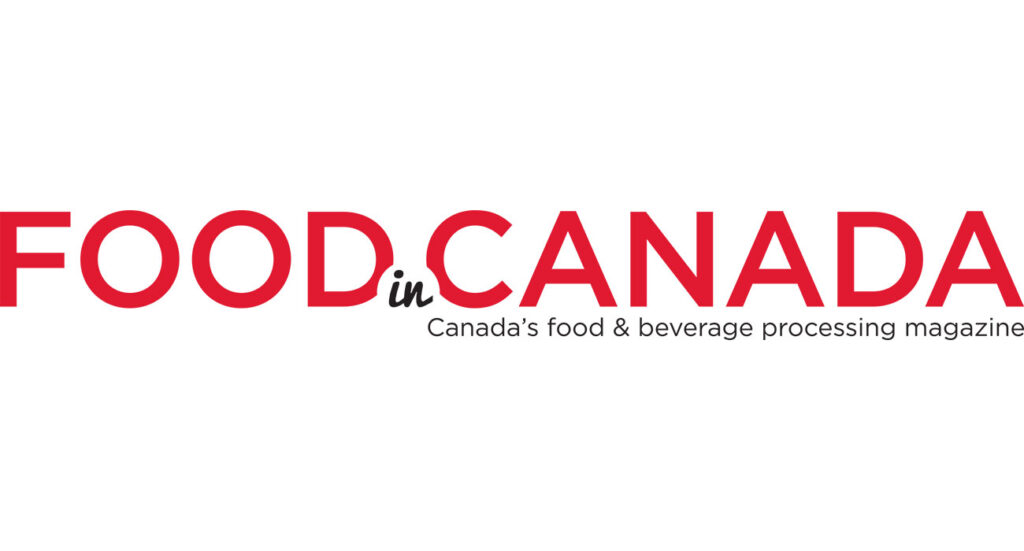FDA to phase out synthetic dyes

The U.S. Department of Health and Human Services and U.S. Food and Drug Administration (FDA) unveil a series of measures to phase out all petroleum-based synthetic dyes from the country’s food supply for alleged health reasons.
The FDA is establishing a national standard and timeline for the food industry to transition from petrochemical-based dyes to natural alternatives. It is initiating the process to revoke authorization for two synthetic food colourings—Citrus Red No. 2 and Orange B—within the coming months.
It is also working with the food & beverage manufacturing industry to eliminate six synthetic dyes—FD&C Green No. 3, FD&C Red No. 40, FD&C Yellow No. 5, FD&C Yellow No. 6, FD&C Blue No. 1, and FD&C Blue No. 2—from the food supply by the end of next year. Additionally, it is requesting food companies to remove FD&C Red No. 3 sooner than the 2027-2028 deadline.
“For too long, some food producers have been feeding Americans petroleum-based chemicals without their knowledge or consent,” said HHS Secretary Robert F. Kennedy, Jr. “These poisonous compounds offer no nutritional benefit and pose real, measurable dangers to our children’s health and development. That era is coming to an end. We’re restoring gold-standard science, applying common sense, and beginning to earn back the public’s trust. And we’re doing it by working with industry to get these toxic dyes out of the foods our families eat every day.”
The FDA is also fast-tracking the review of calcium phosphate, Galdieria extract blue, gardenia blue, butterfly pea flower extract, and other natural alternatives to synthetic food dyes.
In Canada, as Dr. Sylvain Charlebois, professor and senior director, Agri-food Analytics Lab, Dalhousie University points out, Red No. 2 and Orange B are already banned. Red Dyes No. 3 and No. 40 are permitted in Canada within strict limits. At this point, Health Canada hasn’t announced any changes to the use of these dyes. However, Canadian companies who sell into the U.S. will have to reformulate their products to meet the news guidelines.
“Alternatives do exist. More natural food dyes—such as curcumin, carotenes, paprika extract, anthocyanins, and beet juice—can replace synthetic counterparts. Yet these options come with trade-offs. They’re less vibrant, more sensitive to heat and light, and generally more expensive. These characteristics reduce shelf life and complicate distribution, ultimately raising costs for manufacturers and retailers alike,” explained Charlebois who believes this shift in U.S. policy will likely influence Canadian regulations in due course.
Source: www.foodincanada.com

